I know I mentioned “A FENLAND GARDEN: Creating a haven for people, plants and wildlife” in my last blog post, but when I wrote that I hadn’t seen a copy of the book itself. So often when I receive that first copy, it falls open at a page where there is a disastrous mistake that simply leaps off the page. But thankfully that didn’t happen – largely – if not entirely – due to the diligence of the editorial team at Head of Zeus. Touch wood, I haven’t spotted a typo yet. But more to the point, book production isn’t just about accuracy. Books are meant to add life to printed words and this really applies to A FENLAND GARDEN. I won’t say you can hear leaves rustling or see rose petals or even catch the scent of honeysuckle, but I think you do get a real insight into the garden and its setting. Now I didn’t want this book to be a straight historical account of how and why we established our garden in the Fens. I wanted it to be more than that: I wanted it to explain some of the reasons why gardeners like to grow plants, whether it be in large tracts of rural landscape or in a smaller village or urban setting. Indeed, many young gardeners started their horticultural lives working with potted plants or in a tiny corner of their parents’ gardens. Thereafter gardening will have become an essential part of their lives. It will never be a mere hobby or pastime. I know it sounds a tiny bit pretentious, but it was the centrality, the motivating power of gardening, which I wanted to capture in the book. Gardening is a part of life and none of us are perfect. So I have tried to show that mistakes and errors aren’t always disastrous: sometimes they can take the garden in unexpected and often very satisfying directions – and of course there are humorous moments, too (but I won’t reveal them here). Gardens and the plants growing in them are also about the friends and relatives who have contributed to them. Most of these memories are happy, but often they are tinged with sadness. When a beautiful rose comes into bloom it can sometimes be rather painful to remember the lovely lady who gave you the plant.
I’m so glad that ebooks haven’t replaced old-fashioned printed ones, as seemed quite probable just ten or fifteen years ago. There’s something so satisfying about holding a book and touching the spine or looking at one’s name written inside the front cover with a fountain pen many decades ago. But the digital age has given us authors access to all sorts of publicity tools, such as this rather gentle poster for you to spend your money like water in your nearest bookshop (or at least I think that’s what it’s all about):
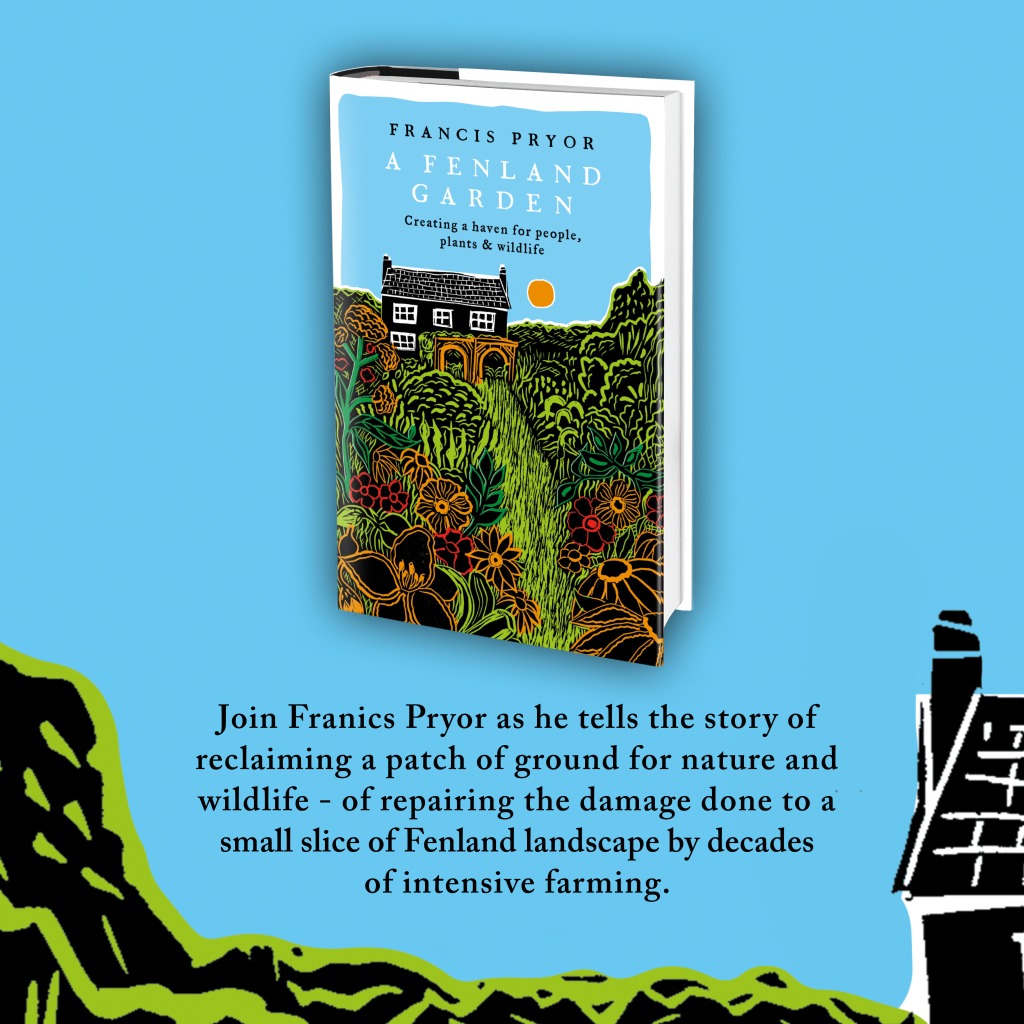
Recently I’ve spent a lot of email time with my publicist at Head of Zeus arranging talks and book-signings at bookshops. I’ve also been working on the talks, which actually takes quite a lot of time – and they’re approaching fast. The first one is on Publication Day, Thursday July 6th at Waterstones in King’s Lynn. But when I’m not glued to my laptop screen, then you’ll find me out in the garden, where the weather has been hot and dry for almost a month. There are huge cracks opening in the lawn and our heavy clay-silt soils have baked like concrete. You can’t pull weeds out of the ground; they just snap off, leaving their roots intact. Most will grow again when and if it ever rains. Here are three photos I took at the very end of spring, in mid-May.
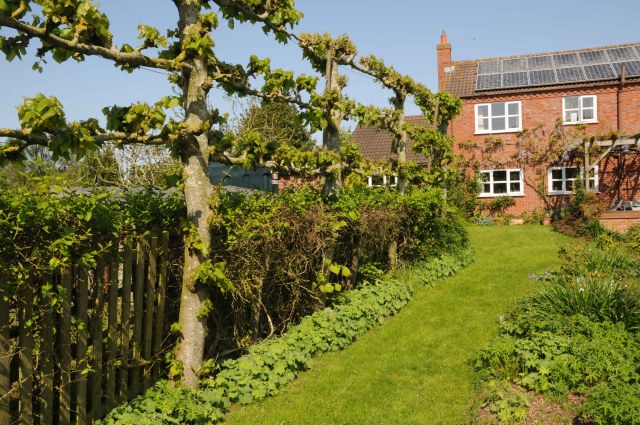
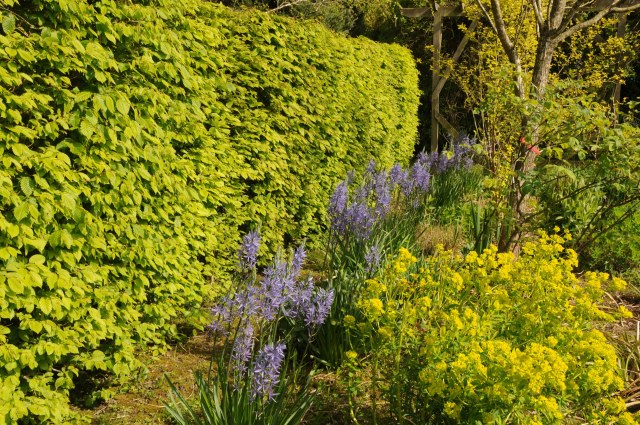
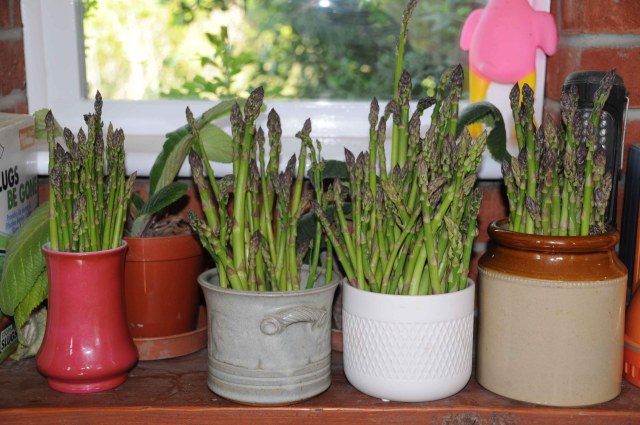
At the end of May the weather was hot and dry and now, at the very start of July, I can report that June 2023 has officially just been declared the hottest June on record. It was also one of the driest (we recorded just 18mm rainfall for the whole month). Here are a couple of pictures I took on June 23rd during a very hot, dry week.
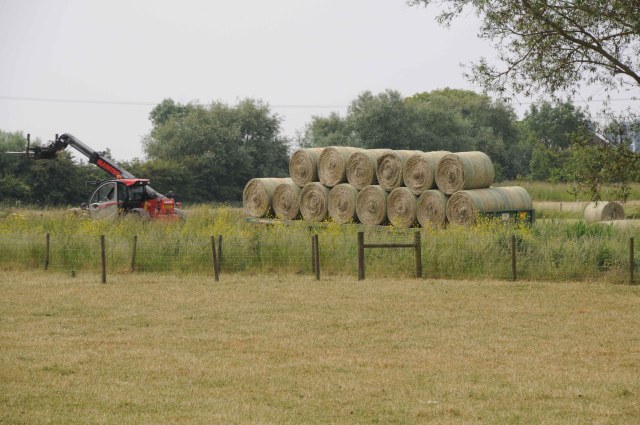
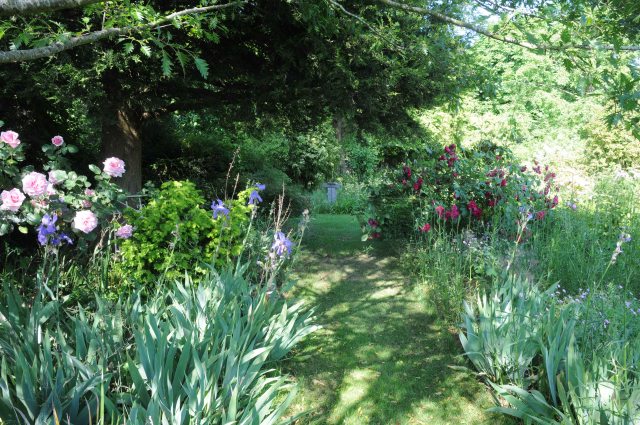
I must confess that Maisie and I are both very anxious about the state of the garden if the hot, dry weather persists. We open for the National Gardens Scheme on the weekend of September 16th-17th and currently the borders are not looking too good. I have a lot of faith in Mother Nature, but even She cannot defeat climate change. When I think back to the cool, damp month of June that was such a feature of the 1950s and ‘60s and compare it to what we are experiencing in the 2020s we could be talking about different worlds. You cannot be a gardener and deny climate-change. And that’s another important topic I return to quite often in “A Fenland Garden”.















